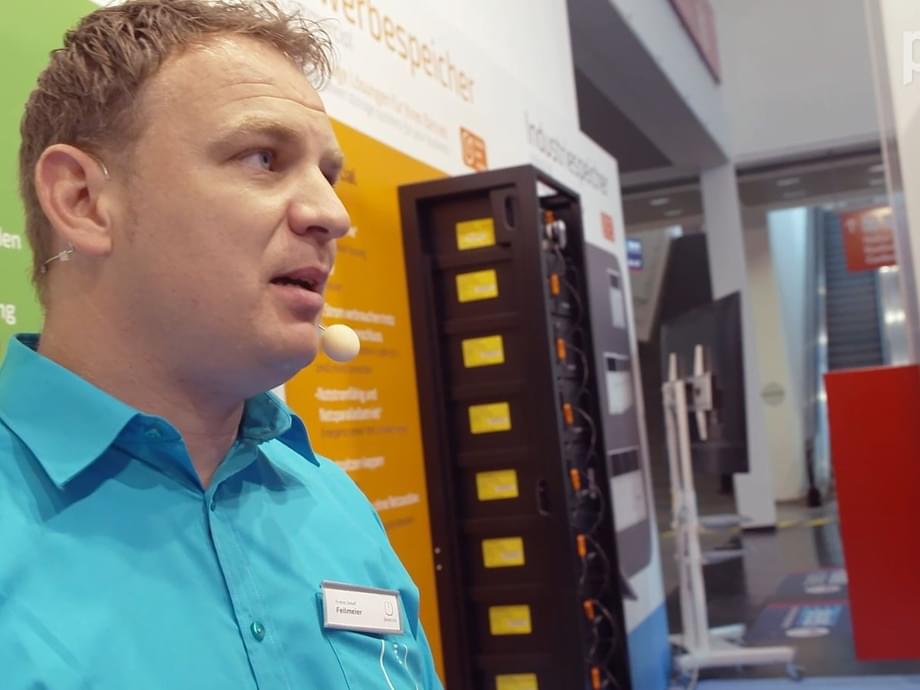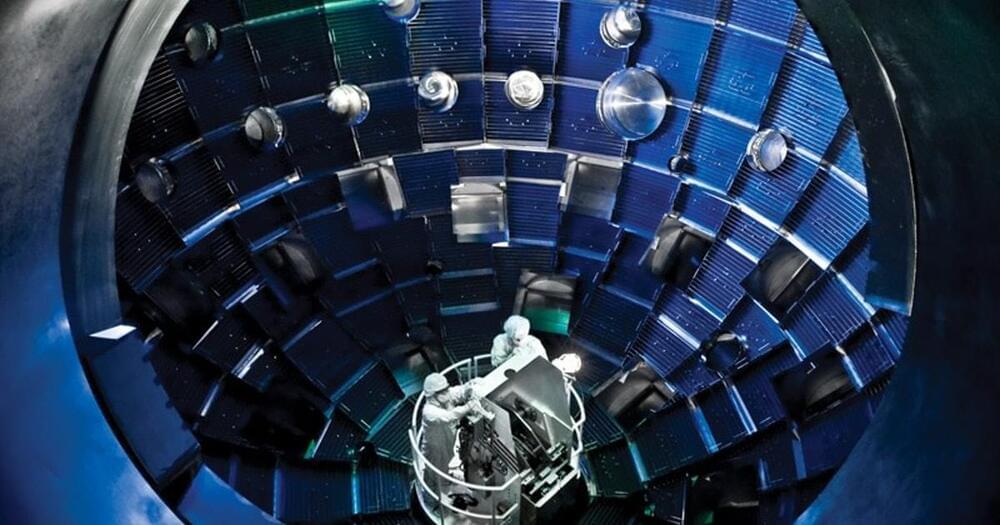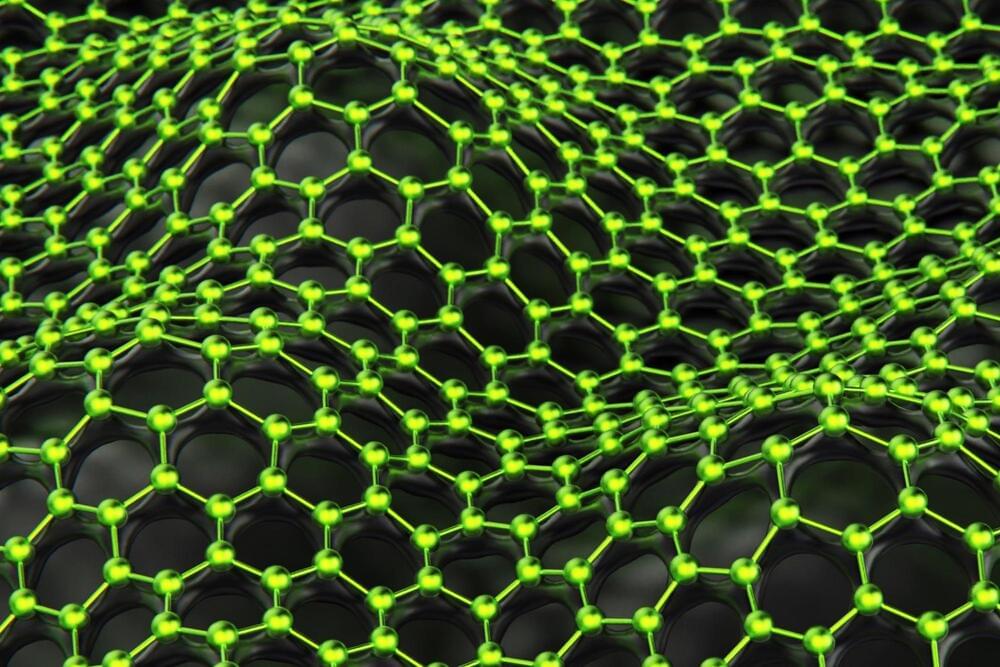Nov 21, 2021
How Morocco Secretly Controls China, India, The United States, And the World
Posted by Jamal Simpson in categories: biotech/medical, economics, food
This is a farm in China.
This is a Mcdonalds in New York.
This is an apartment complex in Mumbai.
And this is a skyscraper in London.
What do all these have in common? Well as it turns out. All of these places’ successes or failures…
Economic booms or collapses…
And even population growth or famines…
Might soon be decided by the nation of Morocco.
Continue reading “How Morocco Secretly Controls China, India, The United States, And the World” »


















